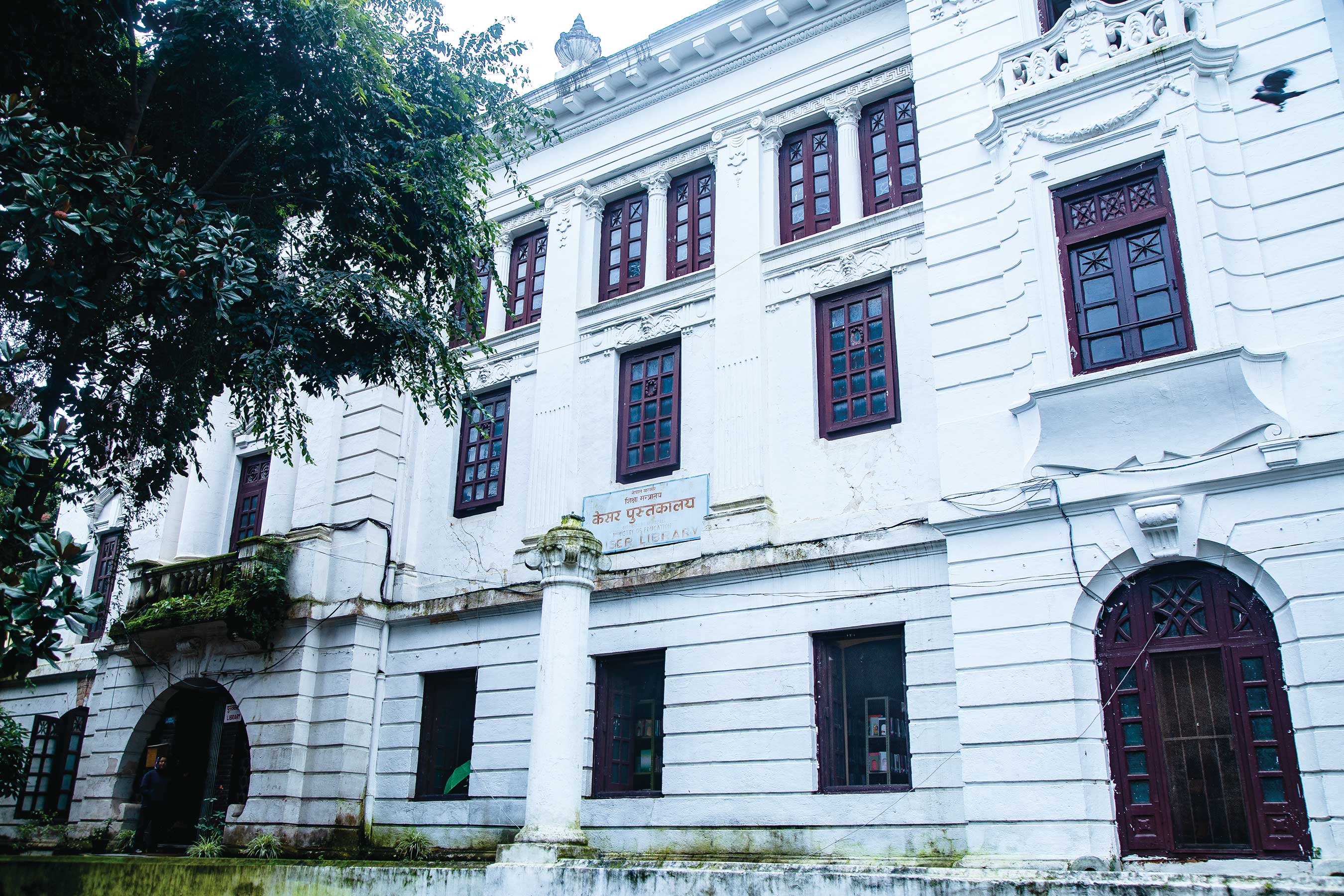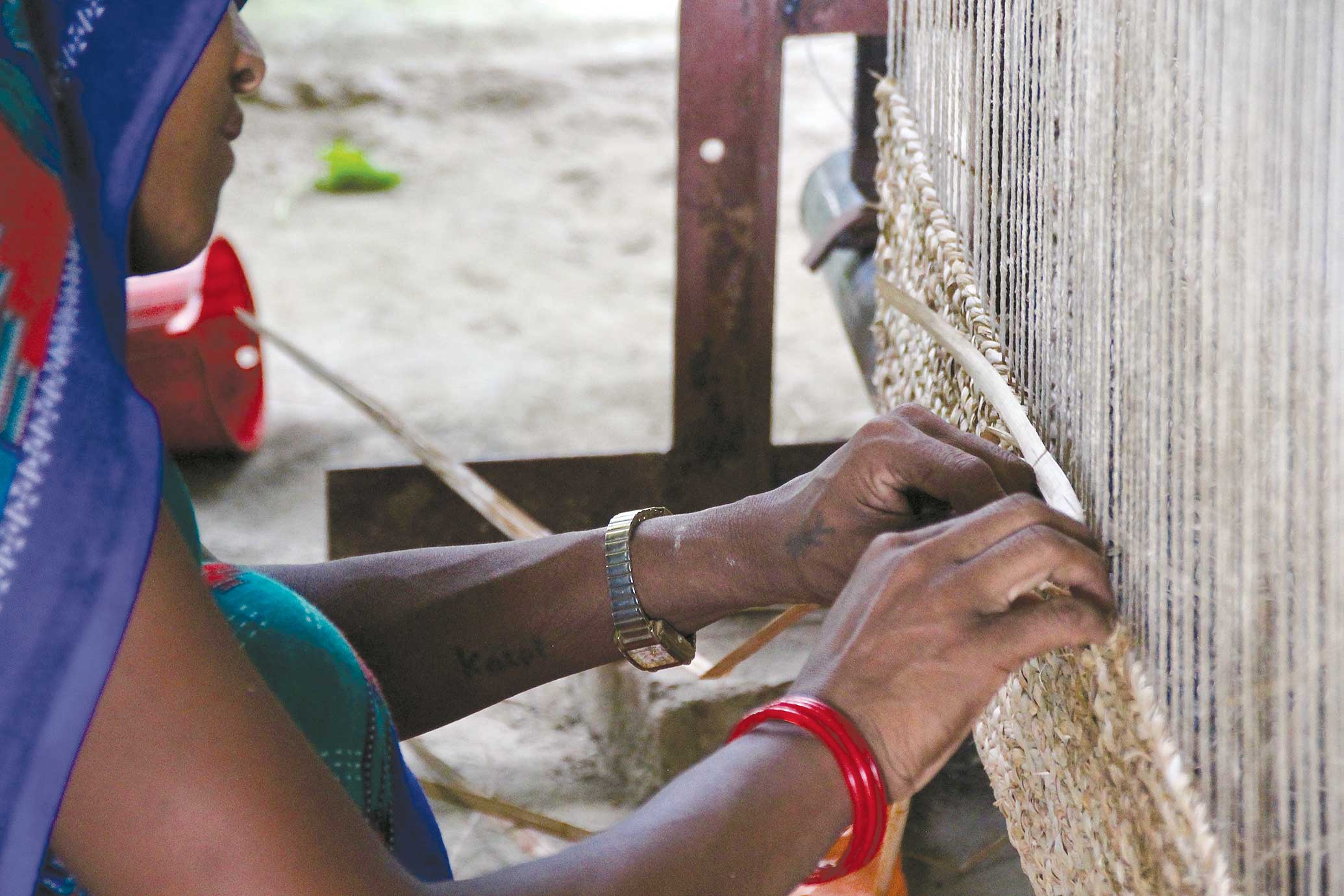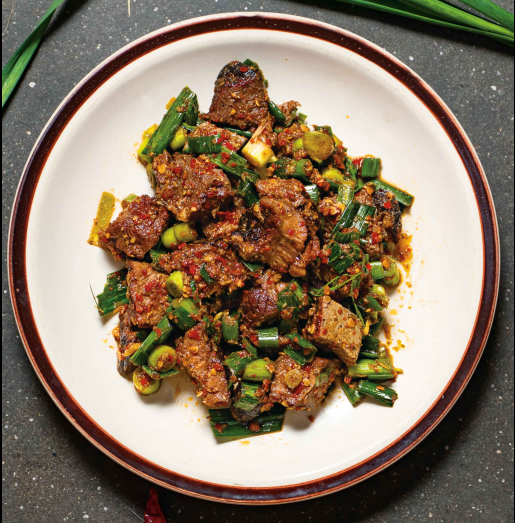Preparing for the uncertain with a little prayer and lots of love
It is strange how within a group of friends you easily forget their unique cultural backgrounds. You do not care about their castes or culture until you are presented face to face with what they believe in. I looked at my friend as one after another of her relatives gave her wishes and their blessing, in the form of items more than words. The environment was a strange mix of excitement and uncertainty; excitement for the trip that was ahead for my friend and uncertainty for all that the future held for her. As a Newar woman, giving Shagun before a long trip away from home might be a normal, even mundane practice. But to someone who belongs to a non-Newari culture, this is an extremely interesting ritual and one worth talking about.
 Shagun basically means good luck. It is given in different occasions most prominent in Newari culture to symbolize a healthy time. It is a normal practice in various religious and cultural rituals. However, during travels, its significance is greater.
Shagun basically means good luck. It is given in different occasions most prominent in Newari culture to symbolize a healthy time. It is a normal practice in various religious and cultural rituals. However, during travels, its significance is greater.
A balance between five elements, earth, fire, wind, water and sky or space is regarded integral for human safety and prosperity. Shagun is given to make sure there is balance between these elements, which is integral for the happiness and safety of the one who is leaving. Items symbolizing these elements in different ways, namely, egg, fish, alcohol, water and fire are all present as a part of this ritual, creating the balance that we talked about.
Lord Ganesh, regarded as the protector deity who removes obstructions from people’s lives is the central character of the ritual. On the day of the departure, family and friends gather and present all items regarded important for good luck. There is Lord Ganesh, followed by a Mandala made with rice and colors, curd, duck’s egg, fish and alcohol. One after another, relatives present these items to the person who is traveling. The methods and few practices might differ within Newari culture as well but the core of the practice is the same.
Unlike in other cultures, Newars were permanent inhabitants of the Kathmandu valley. Traveling was a rare and uncertain practice, which was met by an equally interesting tradition of presenting Shagun and praying for the person’s safety. Experts of the culture believe that it has expanded over the years resembling something more than good luck and has grown bigger into a festive occasion as a result of prosperity. It is a practice involving many family members and relatives, eating and celebrating together and bidding the person goodbye.
Shagun intrigues some and is a way of life for others. As an idea or a feeling, it is a practice that is a part of a very old and respected culture and still involves the humble idea of praying for an individual’s safety before he ventures to a little known location. There is added splendor to the ritual but the idea remains and that is why it still holds its place in the culture.











